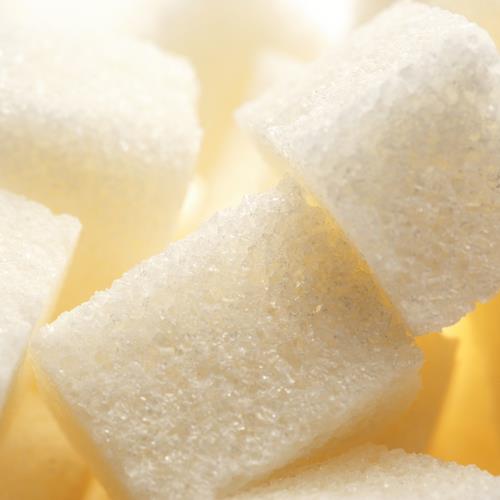08 October 2020
 In a new and ground-breaking study, Healthy Stores 2020, an international research team has shown that changing up how food and beverage items are displayed and promoted in a shop, really can lead customers to choose healthier options.
In a new and ground-breaking study, Healthy Stores 2020, an international research team has shown that changing up how food and beverage items are displayed and promoted in a shop, really can lead customers to choose healthier options.
The collaboration, led by Monash University and including the Menzies School of Health Research, the University of South Australia, University of Queensland, Dalhousie University’s Institute for Health Transformation (Canada), Deakin University, and the University Of Waterloo (Ontario), and industry partners, the Arnhem Land Progress Aboriginal Corporation (ALPA), has shown that simple changes to in-store merchandising can profoundly reduce sugar consumption in vulnerable communities.
ALPA manages 25 remote locations across Australia, often the sole providers of food and groceries for remote Aboriginal communities.
As partners in the trial, the ALPA Board and store directors took a big leap of faith by reducing and restricting the merchandising of high sugar items – sugary soft drinks, sweets and confectionary, table sugar and sweet biscuits.
But according to Dr Tom Wycherley, a project investigator and UniSA specialist on the influence of diet and exercise on cardio metabolic disease risk, the results in sugar reduction have been striking.
“Nothing was ‘removed from sale’ but we worked with ALPA to make some relatively simple changes to how specific unhealthy products were displayed and promoted in their stores – reducing container sizes of refrigerated sugary drinks, removing unhealthy products from high traffic area displays such as the end of aisle, and eliminating promotions and price discounts of unhealthy products” Dr Wycherley says.
“Over 12 weeks across 10 stores in remote communities across Queensland and the NT, patrons of the stores consumed 1.8 tonne less free sugars – the weight of a family car.
“It is a dramatic impact, and despite a 7.5 per cent reduction in confectionary sales and a 13.4 percent decline in sugars from soft drinks, the store business performance was not impacted.
“What it shows is there really are enormous opportunities to positively influence food and beverage choices for consumers, whether they be in outback Australia or city suburbs.
“While in recent years we have seen some efforts to improve the promotion of fresh foods and healthy choices, there is a lot more that can be done in-store to limit influential merchandising of unhealthy foods.
“Our results in the Healthy Stores 2020 project show that retail food environments can be reshaped in partnership with retailers to help customers choose healthier options and reduce the rise in conditions like heart disease, obesity and diabetes.”
More information about the research project and the full results will be published today in a journal article in Lancet Planetary Health.
This project received funding support from the NHMRC.
UniSA media contact: Michèle.Nardelli@unisa.edu.au tel:0418823673



